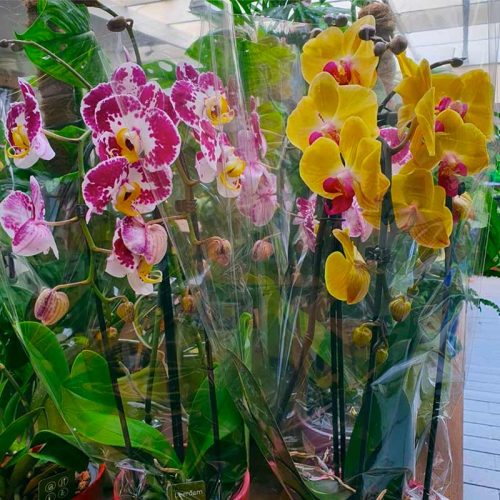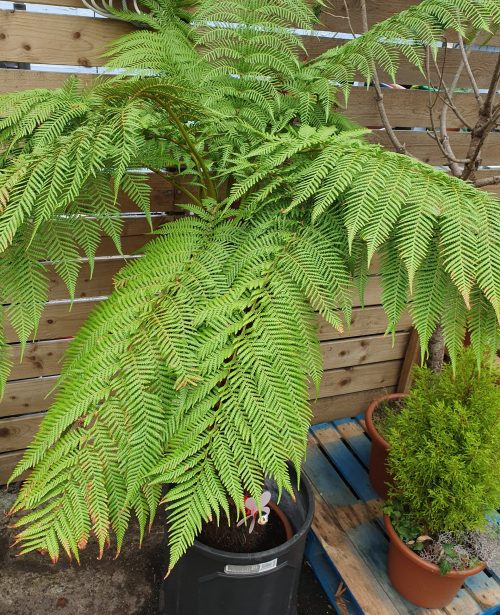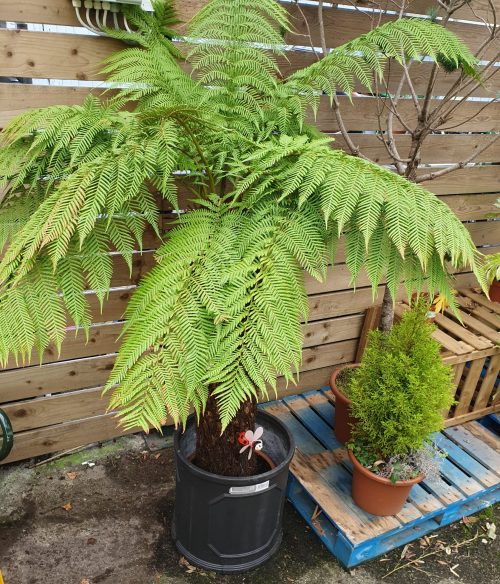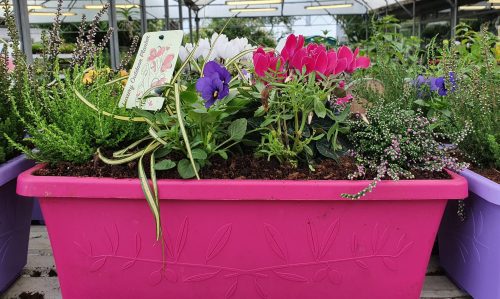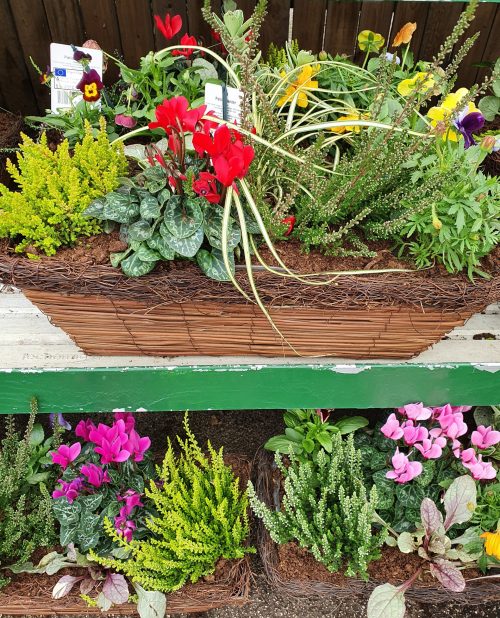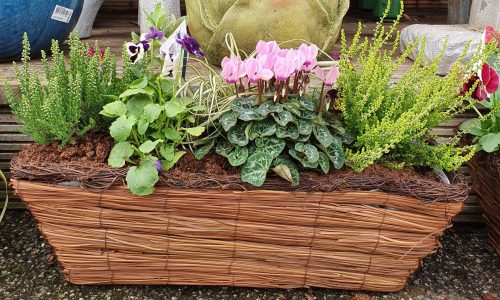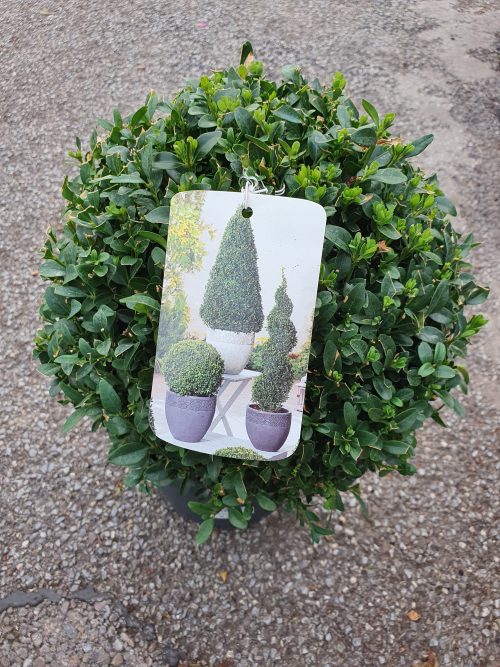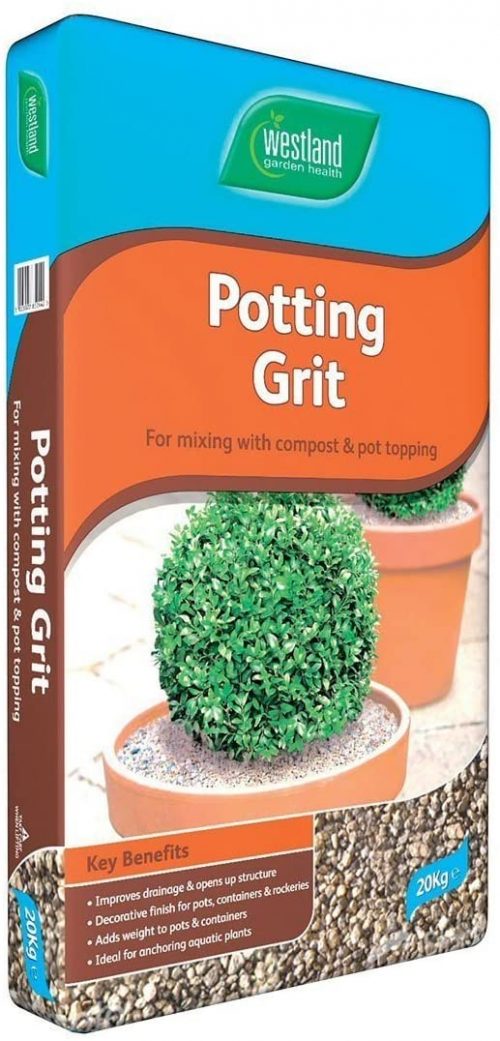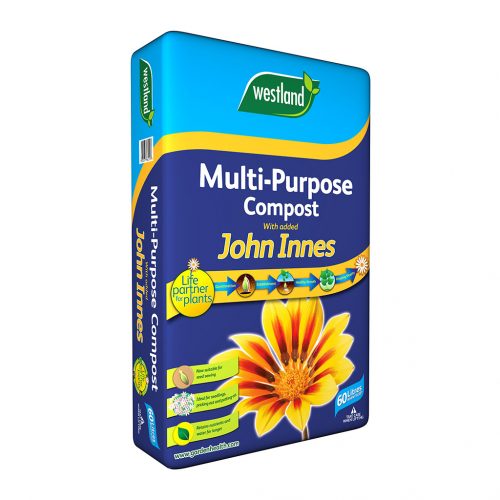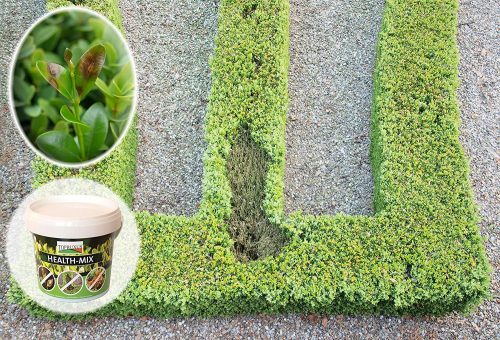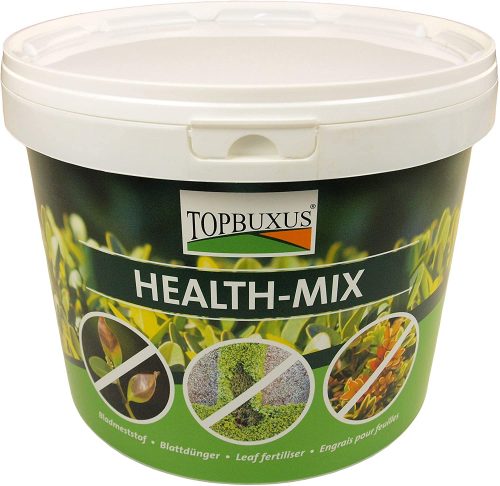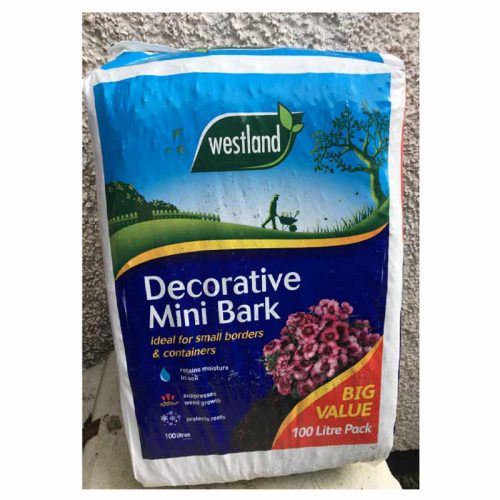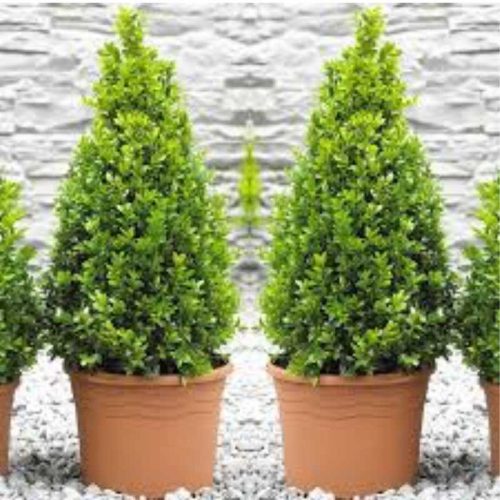- Position: bright but indirect light
- Soil: these plants do not need to grow in compost, but if potting up, use a specialist orchid compost
- Rate of growth: average
- Hardiness: tender (indoors only)
- Current height: plant approximately 55 cm
- Home care:Keep the compost moist during the warmer months, but in winter you should reduce the amount it gets, and only water them occasionally. Ideally when watering, you should let them stand in a tray of water (or kitchen sink) so they can soak up as much as they like for an hour or two. Afterwards, let the excess water drain away completely. It is always best to give them a a good soak when they get quite dry, rather than watering little and often. Their preference is for soft, tepid water. They love humidity, so a bright kitchen or bathroom would be ideal, and mist the leaves with water occasionally, especially if they are in a heated room. Don't worry if the roots grow outside the pot, in their native environment, they grow in the crooks of branches, and use these aerial roots to absorb water from the air. They do not mind being overcrowded in their pots, so you only need to repot them when the growth starts to suffer. They usually only send up flower spikes once a year, however you may encourage a second flush of flowers to form more quickly if you trim back the stem to just above the first node immediately after they have finished flowering.
